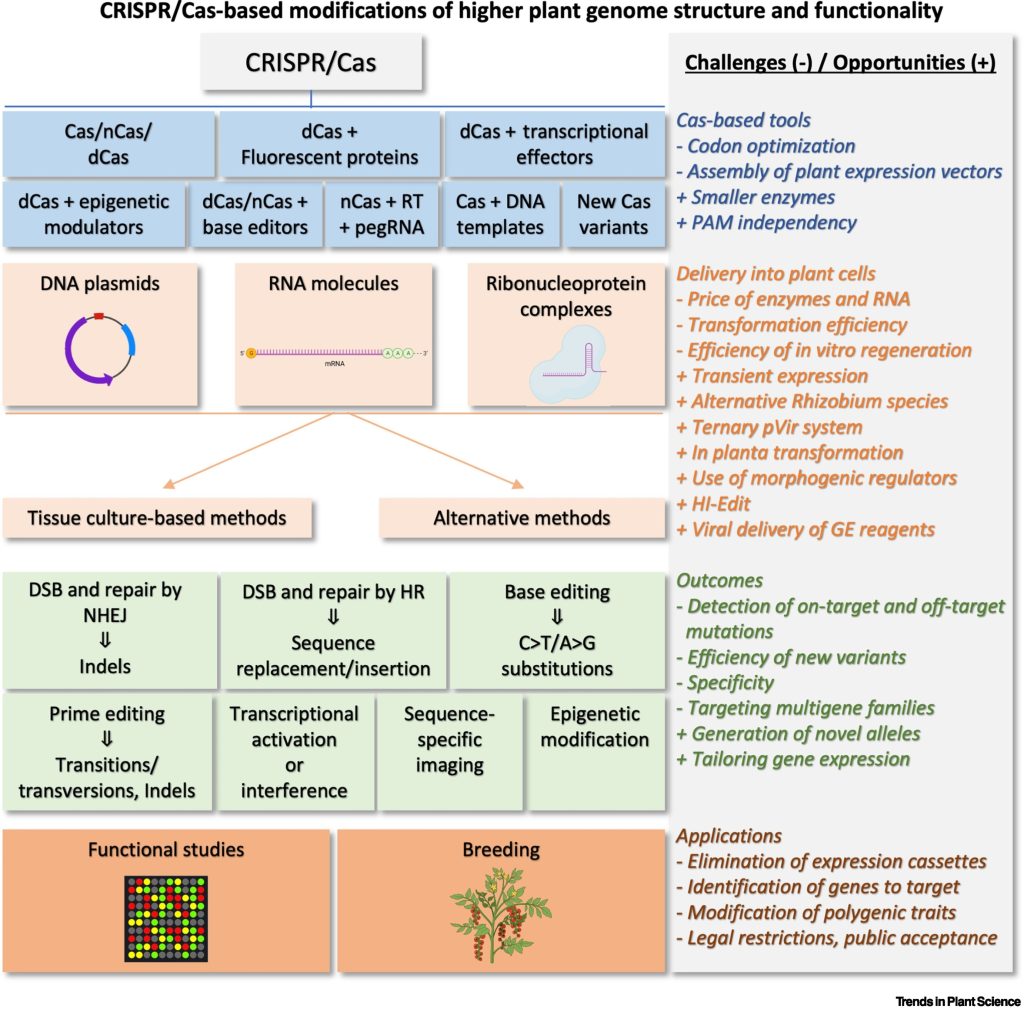
Review: CRISPR/Cas-mediated plant genome editing, a decade after implementation
Plant Science Research WeeklyI’ll be honest, I was surprised to see “a decade after implementation” in this title, but indeed, the first publication describing CRISPR/Cas in plants was in 2013. We’ve learned a lot in the past 10 years and the technology provides many opportunities, but challenges remain, both of which are…
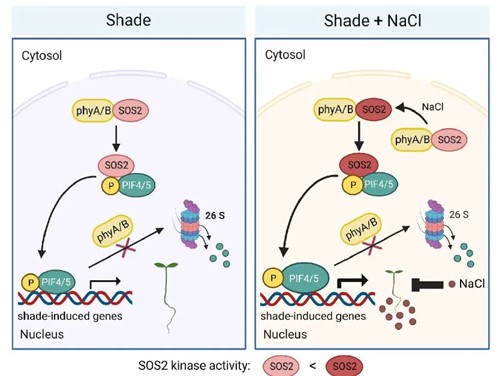
Precise integration of large DNA sequences in plant genomes using PrimeRoot editors
Plant Science Research WeeklyAlthough CRISPR/Cas9 tools have provided new opportunities for genome editing, using these systems to introduce large pieces of DNA has been challenging. A new genome editing technique, “PrimeRoot” (Prime editing-mediated Recombination Of Opportune Targets), was introduced by Sun et al. and shown…
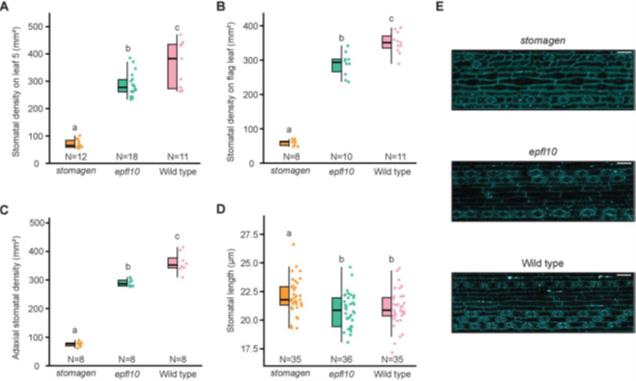
Reduction of stomatal density by STOMAGEN paralog editing
Plant Science Research WeeklyClimate change is having negative effects on yield of economically important crops such as rice. Therefore, there is a pressing need for climate-change adapted crops. Previous research has highlighted that a decrease in stomatal density can enhance drought tolerance. EPIDERMAL PATTERNING FACTOR-LIKE9…
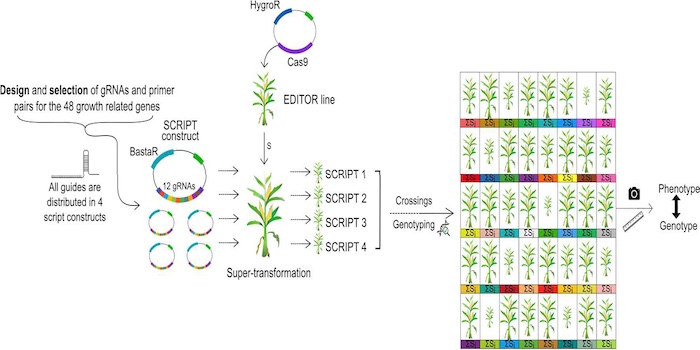
BREEDIT, a first step towards breeding by gene editing
The Plant Cell: In a NutshellLorenzo et al. develop a system that uses gene editing to target multiple members of redundant gene families.
Christian Damian Lorenzo(1,2), Kevin Debray(1,2) and Dirk Inzé(1,2)
1 Department of Plant Biotechnology and Bioinformatics, Ghent University, 9052 Gent, Belgium
2 Center for Plant…
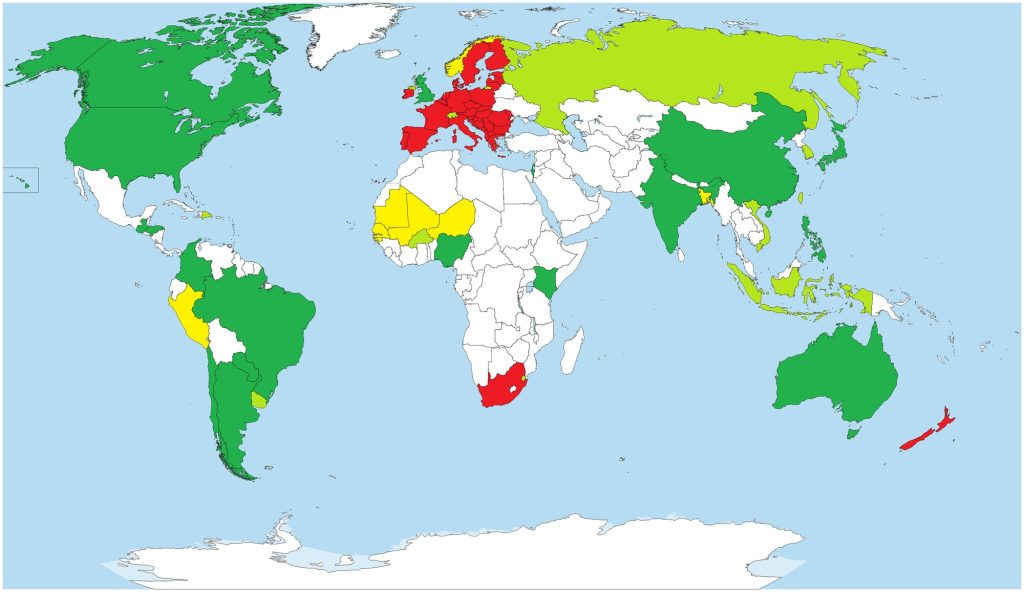
Genome editing: An update on global policies and perceptions
Plant Science Research WeeklyThe CRISPR/Cas system has become a popular genome editing (GEd) method in animals and plants, which allows very fine alterations in target genes and avoids the concerns that accompany introducing genes from other organisms. To improve food security and accelerate breeding. this technology has been applied…
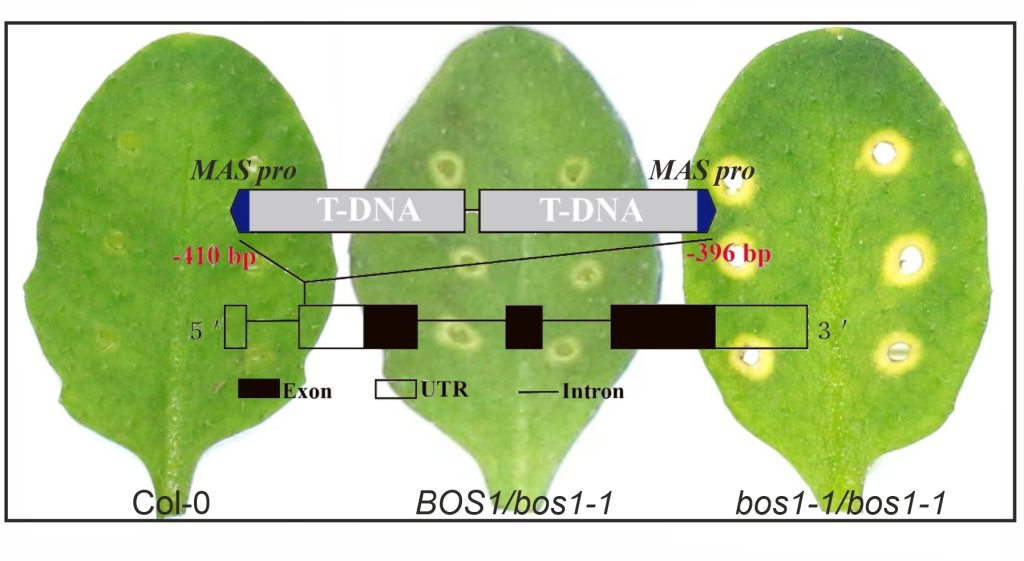
Live and let die: Unexpected BOTRYTIS SENSITIVE1 gene activation by a T-DNA
The Plant Cell: In a NutshellUsing new experimental tools, Cui et al. identified a surprising role for the BOS1 transcription factor in the regulation of programmed cell death. Plant Cell. (2022) https://doi.org/10.1093/plcell/koac206
Authors: F. Cui, M. Brosché, and K. Overmyer
Affiliations: FC- Zhejiang A&F University,…
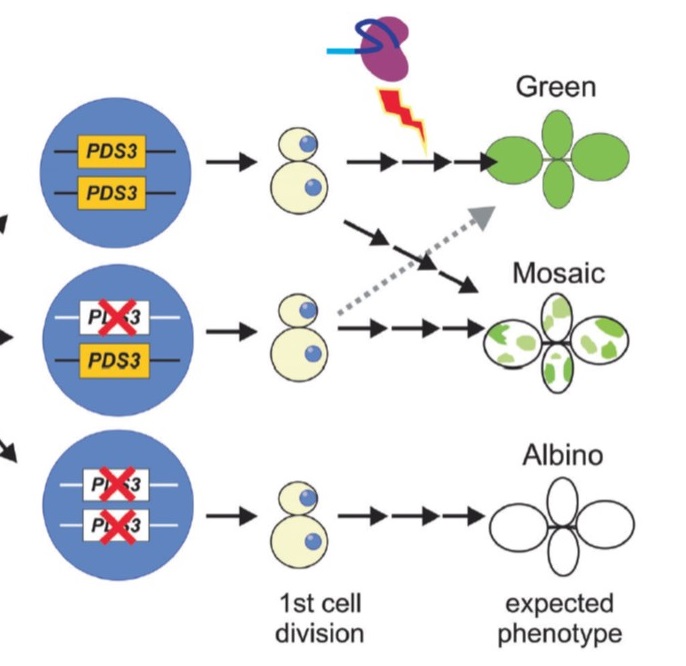
An experimental protocol for teaching CRISPR/Cas9 in a post-graduate plant laboratory course without sequencing (Biochem Mol Biol Educ)
Plant Science Research WeeklyExperience is the best teacher, so hand-on learning is invaluable for students of biology. If you have the opportunity to teach with a laboratory course and haven’t yet incorporated a module that incorporates CRISR/Cas9, you’re in luck! Here, Mayta et al. share the design of the laboratory course…

